Yes, trends like true wireless earbuds, augmented reality, and foldable displays catch the public’s attention. Yet in the background, tech companies are also working on a less glamorous, but just as important industry: mobile health.
RELATED: 7 Benefits Of Telehealth For Patient-Centered Care
Mobile Health Trends Shaping the Healthcare Industry
1. Wearable Health Technology
2019 is all about giving you the data you need to track your health through mobile devices.
Many wearable health trackers today contain built-in sensors that allow you to track your heart rate. Just place your finger on the watch’s crown, and you’ll get a reading right then and there.
Technology has gotten so advanced, your smartwatch can detect abnormal heart rhythms and even warn you if you’re about to have a heart attack. Tech companies have also been working on noninvasive ways to measure things like blood pressure and glucose levels.
Large datasets aren’t just good for patients but also for health researchers who need them to create meaningful findings. One example of this in action is John Hopkins University’s research which tracks seizures and triggers in epileptic patients.
2. Artificial Intelligence
The prevalence of artificial intelligence (AI) is another trend to watch for. Machine learning, the backbone of any AI, creates a lot of benefits for doctors and other healthcare workers.
What used to be a cumbersome process transforms into automated mechanisms that can find insights about a patient’s health outcomes. It has already enabled researchers to gain insights into the progression of chronic disease on certain people.
RELATED: What Is Telehealth And How Does It Improve Your Healthcare?
3. Telehealth Apps in Preventive Care
Healthcare as it stands now happens like this:
- You have symptoms.
- Once you know you have symptoms, you go to the doctor.
- The doctor examines you and does a series of tests to get a diagnosis.
- Get the interventions that you need.
This approach resulted in widespread cases of preventable diseases happening worldwide. As much as 420 million people all over the world have type 2 diabetes, and healthcare costs related to this cost over $800 billion each year.
It gets even worse for medically underserved populations like poor people and minorities. A person’s education, income, and race are some of the social determinants of health that dictate how much access to primary healthcare they get.
As much as 18.5% of non-elderly Americans don’t have access to health insurance. These people tend to skip on health screenings and preventive care until they experience serious health issues.
Recently, there’s been a shift of focus to preventive healthcare, wherein you as the patient and health consumer take charge before problems crop up. To make things much easier, this is where a new class called telehealth comes in.
What is telehealth? It is the use of digital means to get access to and manage healthcare services.
This includes accessing routine services. With telehealth services like LIV Health, you can then talk to your doctor through a video call or refill your prescriptions through apps.
A person in a rural part of the country can now chat with a doctor in the city, thanks to telehealth apps. This allows people to become more proactive and get the care that they need.
Telehealth is also a good thing for insurance companies. Investing in preventive healthcare means reducing health costs in the long term.
Why Mobile Healthcare?
We already live at a time where mobile technology allows users to enjoy control over their own health and well-being. While mobile health is one of the hottest trends in the scene, it’s still an environment full of complexities most developers aren’t equipped to navigate.
These complexities include compliance with laws and regulations, as well as getting support from top medical researchers around the country. At the same time, how do you extend the benefits of mobile health to better serve underserved populations?
Even with all these questions, a bright future lies ahead.
What mobile health trends are you most excited about? Share your thoughts in the comments section below.
Up Next:
- 9 Factors To Consider When Choosing A Telehealth Company
- What Is The Difference Between Telehealth And Telemedicine?
- The Impact Of Lack Of Sleep On Senescence | Aging And Sleep


